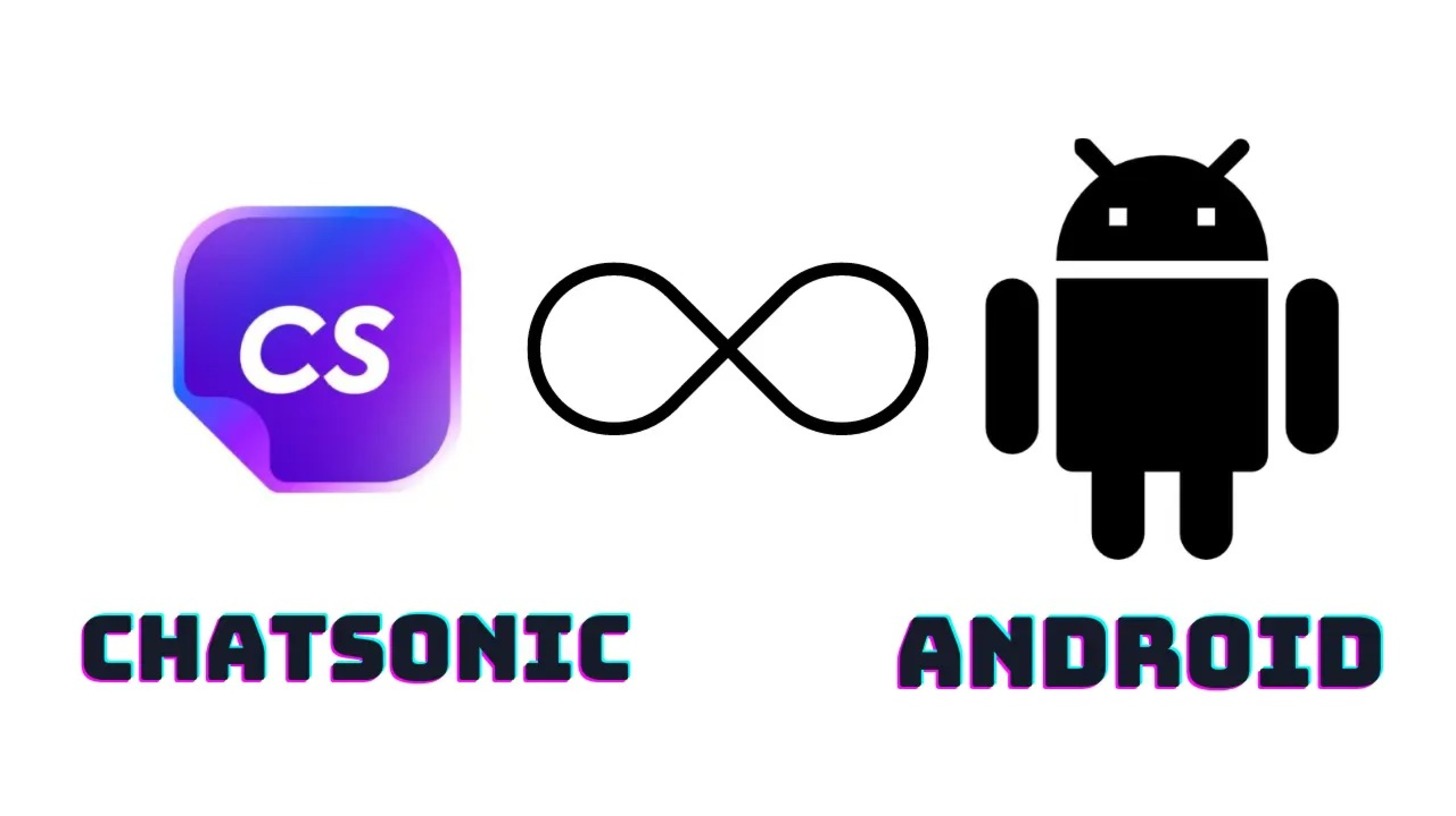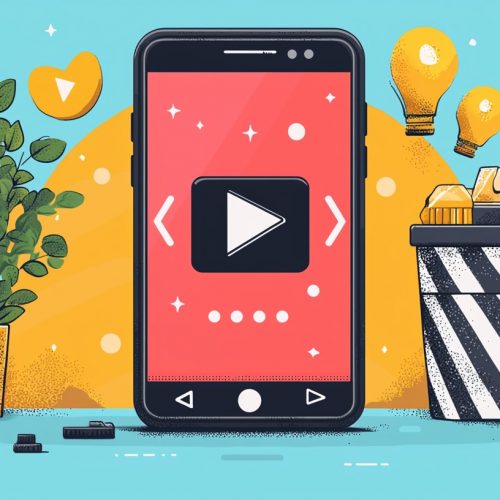What are the benefits of integrating ChatGPT-based features in mobile apps? Firstly, they can enhance customer service by delivering more accurate and personalized responses at a faster rate than traditional methods.
Additionally, they can facilitate quick image generation for marketing materials and assist in content creation by providing relevant responses to user queries promptly and accurately. ChatGPT can also help manage social media accounts and automate various tasks within the app or use it as an AI blog title generator.
Moreover, ChatGPT-based features allow developers to create more sophisticated chatbots with advanced natural language processing capabilities, thereby improving user engagement. It’s also worth noting that ChatGPT can quickly generate content in multiple languages, enabling companies to reach global audiences effortlessly.
Considering these advantages, you might want to implement one or more ChatGPT features in your app, depending on your desired outcomes. In the following section, we will explore several examples to help you determine if this is the right choice for you.
ChatGPT-Based Features in New Mobile Apps – Examples
Let’s explore the key features driven by ChatGPT plugins integrated into recent mobile apps. We’ll examine a selection of applications launched in the past few months that have incorporated these features and analyze their impact.
Please note that these apps were not developed in collaboration, so we cannot guarantee their functionality as you read this article. Consider the sources of inspiration.
Virtual Assistant Chatbots
Many new mobile apps are using ChatGPT for text-based conversational interfaces, allowing users to interact via natural language. These apps enhance user experience with features like customized answers, smart replies, and predictive text.
Content creators benefit by using ChatGPT chatbots to generate social media ideas and engage with their audience or make textual content with paragraph writer AI. Additionally, ChatGPT can generate images and graphics for marketing, helping businesses create unique content. Most chatbot apps operate on a subscription model.
Chatsonic
One example of a chatbot assistant is Chatsonic, a mobile app utilizing GPT-4 capabilities. In addition to standard question-answering, it offers several useful features to help facilitate human-like conversations, gather information, and quickly write content.
The app allows users to choose a ‘personality,’ meaning it can provide answers in different styles, such as Interviewer, English Translator, Travel Guide, Fitness Trainer, and Poet. Leveraging GPT-4, users can opt to include the latest Google data for more accurate results. The ‘enable memory’ feature ensures the app remembers chat history to provide relevant answers.

Lek Powered by ChatGPT
Lek.ai is a writing assistant that uses artificial intelligence to generate content. While its features are similar to Chatsonic, it offers a distinct interface. Lek.ai provides a chatbot for answering questions and a variety of categories to inspire content creation. Categories include social, email, e-commerce, writing, music, and business. Users can find inspiration for social media posts, SEO Meta texts, sales emails, Amazon product titles, lyrics, and more.
Although Lek.ai does not extend beyond ChatGPT’s core capabilities, it is designed to save time by streamlining the prompt creation process.
Translate AI – Translator
Translate AI – Translator employs Artificial Intelligence and Machine Learning to translate text, voice, and images into over 100 languages. Utilizing ChatGPT-based features, this app quickly and accurately translates text and voice conversations on the go.
It automatically detects the language of a conversation and seamlessly switches to the desired output language with a single tap. Users can also draw or photograph words or phrases they don’t understand, which the app translates in real time. All translations are stored in history, allowing users to share them with friends or use them offline.
Duolingo Max
Duolingo, a renowned language learning app, offers quick, bite-sized lessons in over 40 languages. This year, it introduced Duolingo Max, powered by GPT-4, featuring two key tools: Explain My Answer and Roleplay.
Explain My Answer allows learners to gain deeper insights into their lesson responses, whether correct or incorrect. After completing specific exercises, learners can chat with ‘Duo’ (a chatbot) by tapping a button. This chat provides concise explanations of why answers were right or wrong, and learners can request examples or further clarification.
Roleplay enables learners to practice real-world conversation skills through simulated interactions with in-app characters. Although not live human interactions, the AI is highly responsive and interactive, ensuring unique conversations each time. Post-interaction, learners receive AI-powered feedback assessing the accuracy and complexity of their responses, offering valuable insights and tips to enhance their conversational skills.




